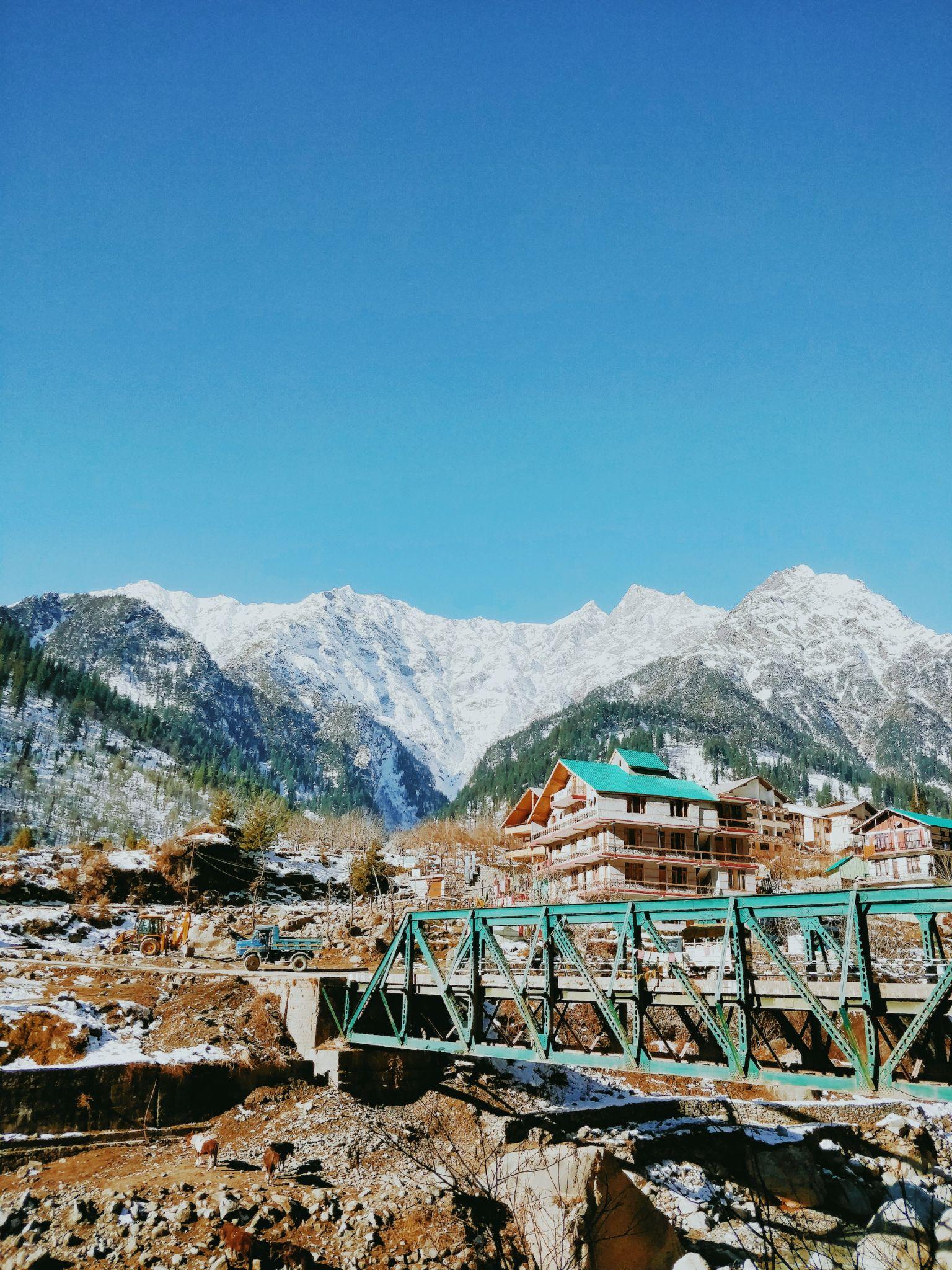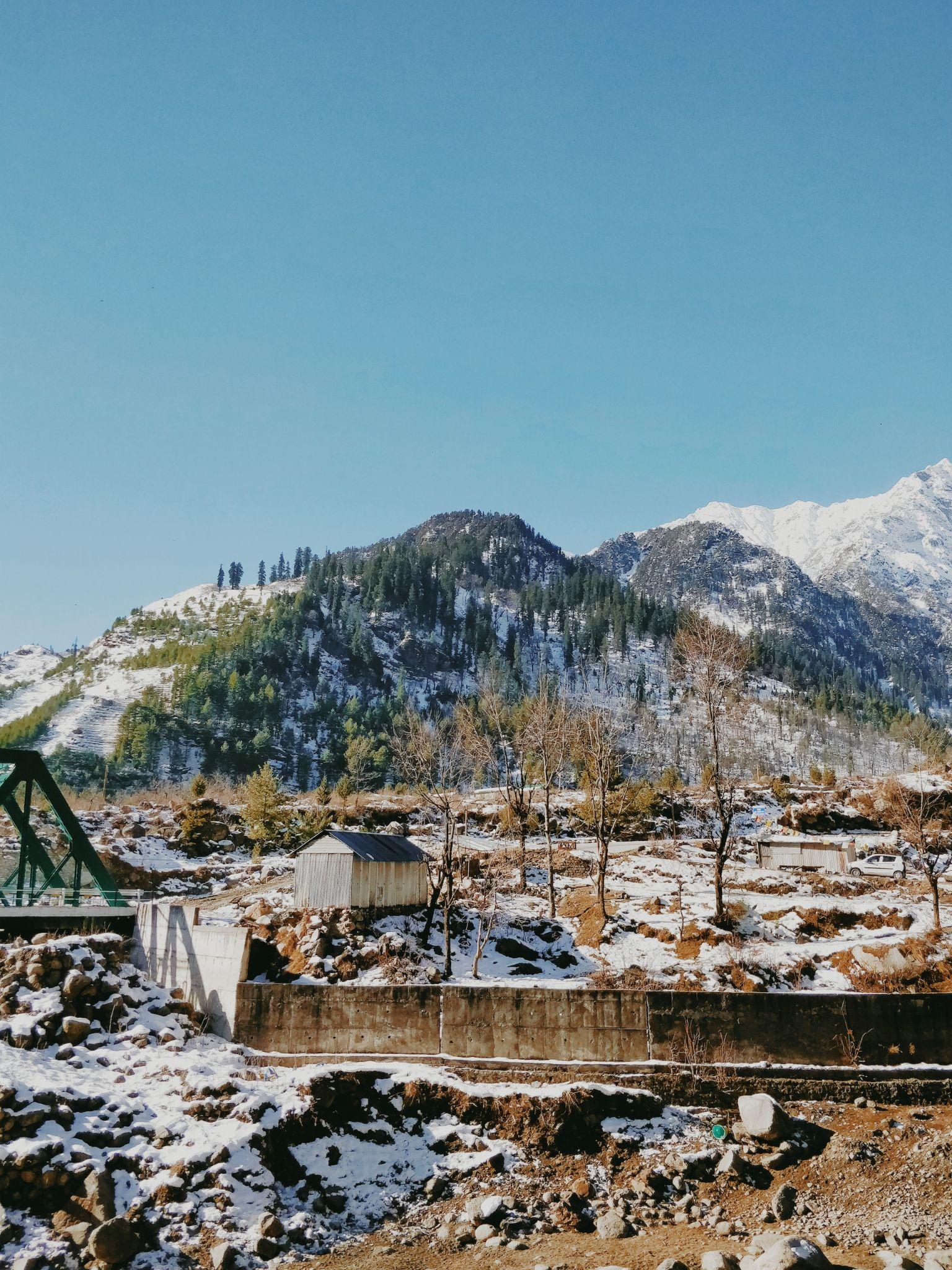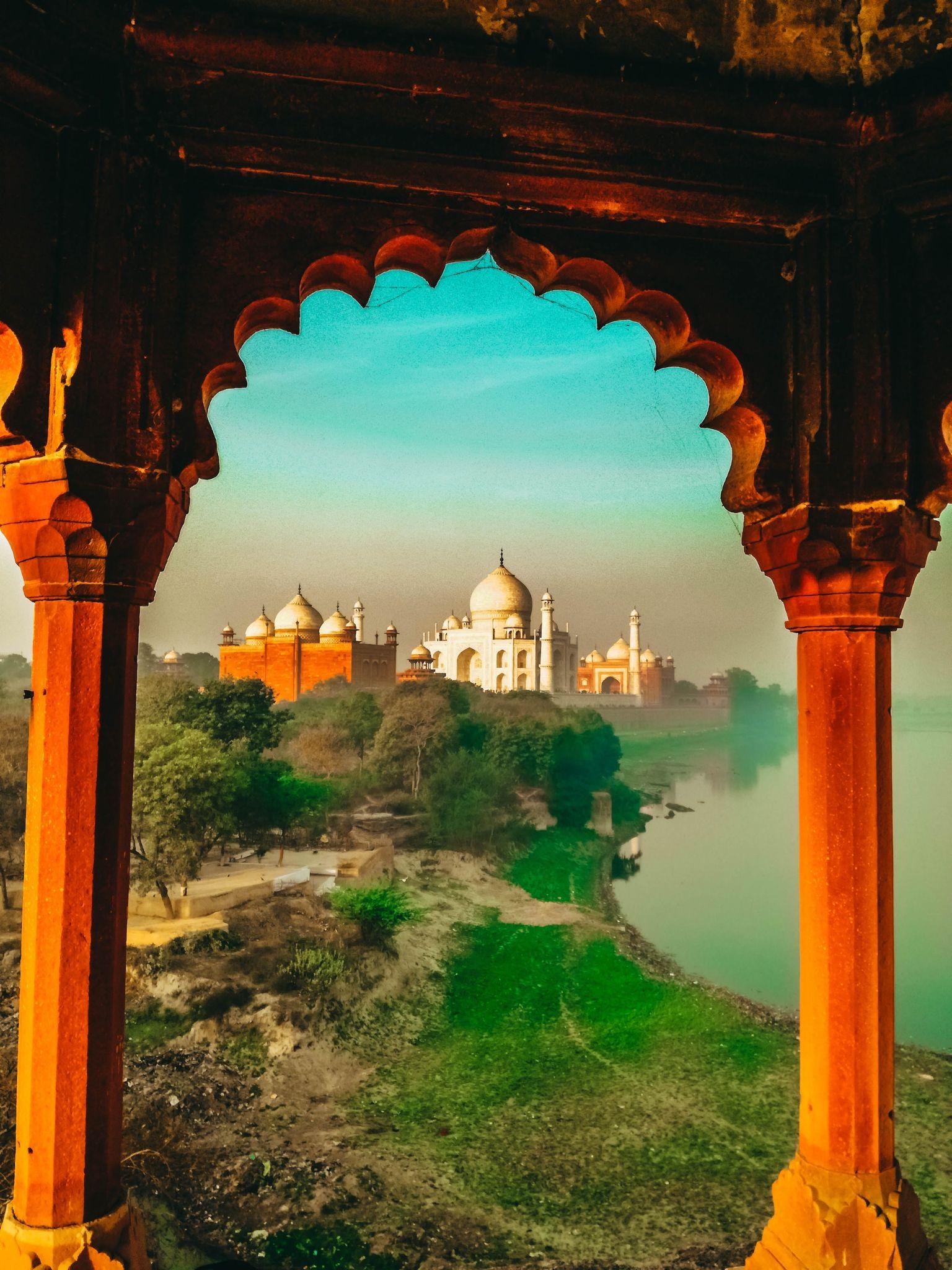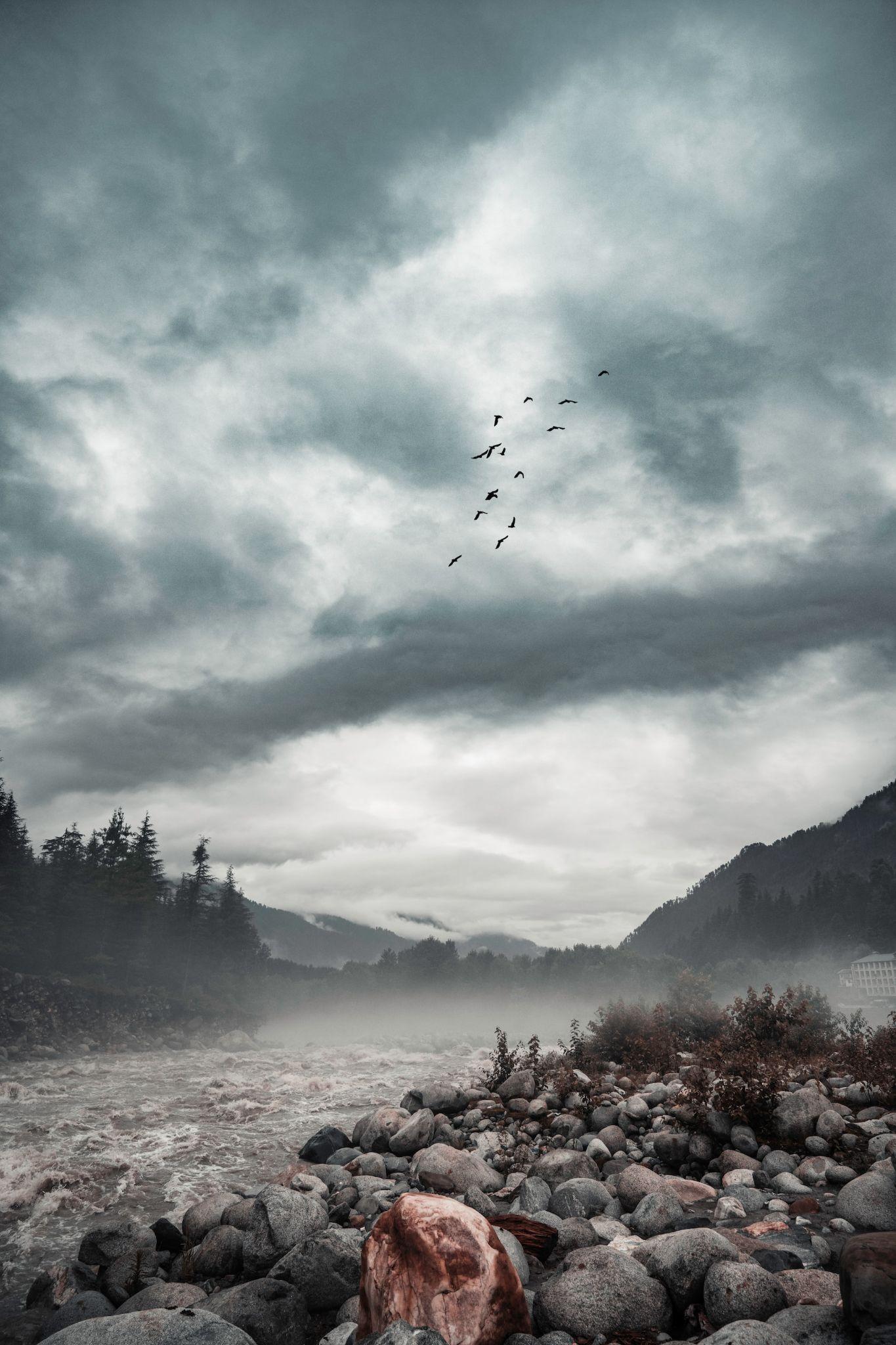What is Northern [India](/blog/what-is-southern-india-dna-ethnicity-on-ancestry/) DNA Ethnicity on Ancestry?
The results of our AncestryDNA tests may sometimes be what we expect or on occasion may be a big surprise. Either way, often we need a little more information regarding some of the regions that arise in our ethnicity estimates.

One region that is not at all uncommon is the Northern India DNA region. Those who still live in this region already understand all about its history and culture. There are others, however, who may never have even visited or in fact been aware that they have ancestors from that area.
In this post we will go into more detail with regards to the history, geography and culture of the Northern India region. We will also discuss what it means to be from this region and how easy or difficult it might be to trace our roots in the Northern India Region.
What Is the Northern India DNA Region?
The Northern India DNA region is found in a very large area of the Indian subcontinent. It covers almost the entirety of the country of India and can be found in the following Indian States:
- Himachal Pradesh
- Punjab
- UttaraKhand
- Harvana
- Uttar Pradesh
- Rajasthan
- Bihar
- Gujarat
- Madhya Pradesh
- Jharkhand
- Chhattisgarh
- Odisha
- Maharashtra
- Telangana
- Karanataka
- Andhra Pradesh
- Tamil Nadu
To the north the Northern India region does also bleed over into the border regions of their neighboring countries which include Pakistan, Nepal and Bangladesh.

Northern India DNA Region Subregions
As a whole the Northern India region is actually two regions. The northern India region which spans down from its northernmost range to Indian states of Maharashtra and Telangana, and the second part of the region is known as Goa & Western Deccan. This is a more southerly region that overlaps in Maharashtra and Telangana but continues on into Karnataka, Andhra Pradesh and Tamil Nadu.
Northern India Region History
Prehistoric Indian History
It is estimated that it was roughly 55,000 years ago that homo sapiens otherwise known as modern humans arrived in India. They would have migrated there from Africa where they had initially evolved as a species.
Human remains that are about 30,000 years old were found in South Asia but these people would have been nomadic hunter-gatherers for thousands of years. It was not until around 6,500 BC that we started to see evidence of the domestication of food crops and animals in the region. We began to see the development of permanent structures around this time as well.
Indus Valley Civilization
These early forays into pastoral farming and agriculture would gradually lead to the development of the Indus Valley Civilization which flourished between 2,500 – 1900 BC in what is modern day Pakistan and Western India.

Their cities included Mohenjo-daro, Harappa, Dholavira, and Kalibangan and their artistic achievements included robust crafts and pottery. They also relied heavily on trade with neighboring peoples.
Early Cultures
Prior to 2,000 BC most of the regions of the subcontinent were the Chalcolithic cultures. However between 2,000 – 500 BC many of these regions transitioned to Iron Age cultures. It was during this era that the Vedas, one of the oldest scriptures of Hinduism, was composed.
Historians believe this scripture may have been penned by the peoples of the Punjab or Genetic Plain. It was also during this time that historians believe that the Indo-Aryan migration occurred into the region from the North.
With the Aryan peoples came the archaic caste system which still is observed to a degree in India today. The new peoples created a hierarchy of priests, warriors and free peasants with the indigenous peoples already in the region being classed as the peasants. The concept that what the peasants did for their occupation was impure.
Empires and Kingdoms
The India region gave rise to many empires and kingdoms who would rule and war with their neighbors for centuries. As many kingdoms as there were there were also almost as many religions developing in or entering the region.
Buddhism spread from the north in Nepal and Islam also arrived from areas such as Afghanistan and the Near East. The region was unstable and when not in internal conflict faced attack by other empires outside of India.
How Did You Get Northern India Region DNA?
If you already know that you had a family who came from Northern India or any of the bordering Asian states then you know why you have Northern India region DNA. If this result came as a surprise you may not know how exactly you came by DNA from this region.

If you have a sizable percentage of DNA from this region then it is likely you have an ancestor who was born in or close to the country of India.
Is the Result Accurate?
When it comes to ethnicity estimates the higher the percentage you have from a certain region the more likely it is to be accurate. If your percentage is low, however, then it is harder to pinpoint exactly where your most recent ancestors came from.
A low result could mean a distant ancestor from that region. It is best to focus on your highest rated region's matches to determine where your ancestors came from more recently. A low percentage can often be hard to locate because the ancestor in question could be many generations back in your tree.
How to Research my Ancestry from These Regions
The results of a DNA ethnicity test are of course a great place to start especially if there is an unexpected result found in the report. As always of course the DNA cannot tell the whole story and we need to actually do the research work.
A percentage on an ethnicity estimate means very little unless you follow through and start building up your family tree. The relevant ancestors may be several generations back and it may take a lot of research to discover who they were.
If you have specific regions mentioned in your report then you have a good idea of where your ancestor may have originated from. Ancestry DNA even has migratory information from some of these regions through to the final settlement places in the United States or elsewhere in the world.
Using Ancestry you may be able to determine not only who your ancestors were from the British Isles but perhaps the reason they decided to move.
Indian Migration
Historians believe that there is indication of early migration out of India into central Asia during the Bronze Age. They are believed to have originated from the Indus Valley Civilization. Later in the mid-sixteenth century the trade routes from India drew locals out into the word at large. These led to colonies in Central Asia, Arabia and even as far away as Russia.

In more recent times poverty and colonialism has been the cause for millions of people from this region to spread out through Britain, the US and several other countries.
Final Thoughts
The Northern India DNA region actually spans most of the country of India except for an area in the southeast. A peoples almost as ancient as the first homo sapiens to arise in Africa the basis for this region's DNA comes from those first humans.
The lower classes in Indian society historically were the indigenous peoples, the ones closest to the first humans to arrive. The Indo-Aryans arrived and developed a caste system which has segregated India for thousands of years.
Link To or Reference This Page
We spent a lot of time downloading, cleaning, merging, and formatting the data that is shown on the site.
If you found the data or information on this page useful in your research, please use the tool below to properly cite or reference Name Census as the source. We appreciate your support!
-
<a href="https://namecensus.com/blog/what-is-northern-india-dna-ethnicity-on-ancestry/">What is Northern [India](/blog/what-is-southern-india-dna-ethnicity-on-ancestry/) DNA Ethnicity on Ancestry?</a>
-
"What is Northern [India](/blog/what-is-southern-india-dna-ethnicity-on-ancestry/) DNA Ethnicity on Ancestry?". NameCensus.com. Accessed on May 4, 2024. https://namecensus.com/blog/what-is-northern-india-dna-ethnicity-on-ancestry/.
-
"What is Northern [India](/blog/what-is-southern-india-dna-ethnicity-on-ancestry/) DNA Ethnicity on Ancestry?". NameCensus.com, https://namecensus.com/blog/what-is-northern-india-dna-ethnicity-on-ancestry/. Accessed 4 May, 2024
-
What is Northern [India](/blog/what-is-southern-india-dna-ethnicity-on-ancestry/) DNA Ethnicity on Ancestry?. NameCensus.com. Retrieved from https://namecensus.com/blog/what-is-northern-india-dna-ethnicity-on-ancestry/.
